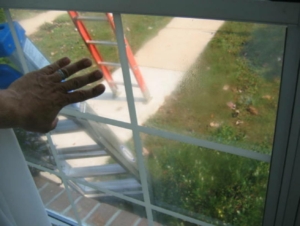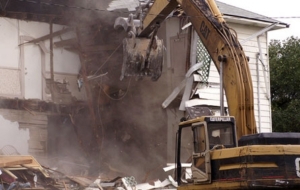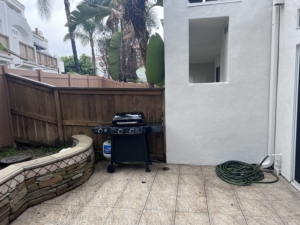Double-paned windows are becoming increasingly popular for homeowners, offering thermal insulation and soundproofing. Unfortunately, condensation can develop between the panes, creating an unsightly appearance. How to fix double-paned window condensation requires a few simple steps.
First, locate the source of the condensation. Several possible causes include insufficient window sealing, cold weather, or high humidity. If the condensation is due to poor window sealing, the homeowner should contact a professional to seal the window properly. In cases of cold weather or high humidity, the homeowner can take steps to reduce condensation.

How to fix Double-Paned Window Condensation
If the condensation is due to cold weather, the homeowner should ensure that no drafts are coming in from outside. This can be done by installing weather stripping and closing curtains and blinds to prevent cold air from entering the home. Additionally, the homeowner can use a dehumidifier to reduce the amount of moisture in the air.
In cases of high humidity, the homeowner should consult with a professional about installing a ventilation system. A ventilation system will help to remove excess moisture from the air, thereby reducing condensation in the window. Additionally, the homeowner should open curtains and blinds, allowing air circulation.
Finally, the homeowner should upgrade the window to a more efficient double-paned design. This will help to improve the thermal insulation, reduce noise, and reduce condensation. Newer models of window panes are designed to be more airtight and have better insulation.
These steps can help to reduce condensation in double-paned windows and give the homeowner a more visually appealing window. While condensation can be a problem, taking the proper steps can help to reduce or even eliminate it.



